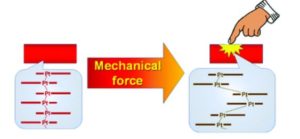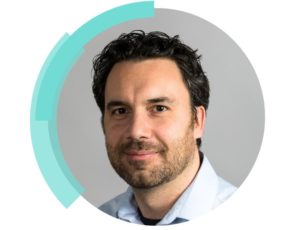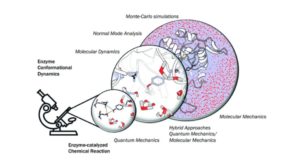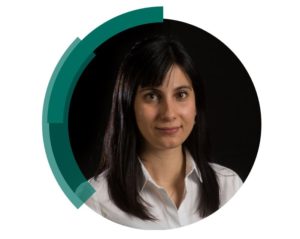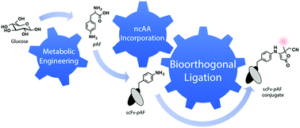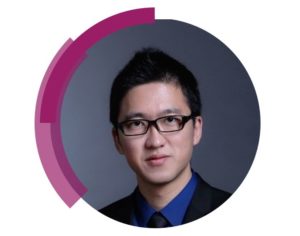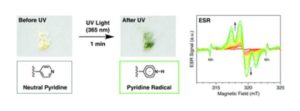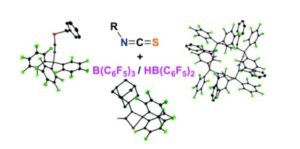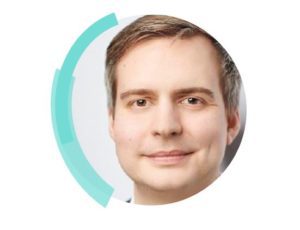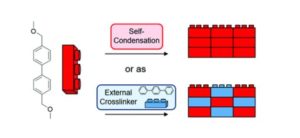We’ve been enjoying getting to know the first-time authors who have decided to publish in ChemComm and we hope that you have too. This week, we spoke to Soumyajit Das who recently published his #ChemComm1st article: Revisiting indeno[2,1-c]fluorene synthesis while exploring the fully conjugated s-indaceno[2,1-c:6,5-c′]difluorene
Read about Soumyajit below
What are the main areas of research in your lab and what motivated you to take this direction?
We are working on π-conjugated molecules and materials, and wish to contribute to the field of polycyclic aromatic, antiaromatic and proaromatic hydrocarbons. We are currently engaged in extending the scope of fully conjugated indenofluorene (IF) isomers into the higher-order indacenodifluorene (IDF) isomers which are rare in literature. The motivation came from my earlier training in the field of conducting polymers and polyradicaloid hydrocarbons, in addition to the recent developments in the field of physical and synthetic organic chemistry associated with the organic semiconductors
Can you set this article in a wider context?
Our article is about a mild synthetic approach to synthesize the formally antiaromatic indeno[2,1-c]fluorene, an electron-accepting fragment of fullerene-C60 that showed promise in bulk-heterojunction devices, and extension of the same synthetic approach to construct the s-indaceno[2,1-c:6,5-c’]difluorene as the second constitutional isomer of the potentially tetraradicaloid s-indacenodifluorene (s-IDF) family. The IDF isomers may be viewed as two indenofluorene units conjoined through one shared benzene (outer) ring, and they represent the non-alternant isoelectronic motifs for synthetically challenging octacene considering the bonding picture of the outer conjugated circuit as [34]annulene. [2,1-c:6,5-c’]s-IDF showed smaller HOMO-LUMO and singlet-triplet (theoretical) energy gap compared to its first structural isomer s-indaceno[1,2-b:5,6-b’]difluorene. Consequently, a broad electronic absorption spectrum reaching the NIR region and NMR line broadening at elevated temperatures were also observed. Notably, only two IDF isomers (including ours) were now reported in the literature. Given the efficiency of our synthetic route and the interesting chemistry associated with the existing isomers, we are excited to develop the related unexplored non-benzenoid π-conjugated systems.
What do you hope your lab can achieve in the coming year?
I am still at an early stage of building my independent research career, and the current pandemic has already affected the research activity in the group. Publishing our first paper has already been a good achievement for us since we are just one-year-old group at IIT Ropar. I am hoping that the normal research activity in the laboratory resumes soon so we can explore many possibilities in the coming year including the extension of our present research findings. Since our research has the potential to be multidisciplinary, I am also exploring new research directions by finding collaborations with applied physicists and device engineers.
Describe your journey to becoming independent researcher.
After finishing my M.Sc. in chemistry in 2007 from IIT Guwahati (India), I joined Dr. Sanjio S Zade’s group at IISER Kolkata (India) to work on the zirconocene-mediated synthesis of novel heterocycles including their polymerizations. There I was attracted to the fascinating field of π-conjugated materials, and to further explore the field, I joined Prof. Jishan Wu’s group in the NUS Singapore in 2012 to work on the open-shell polycyclic hydrocarbons. To my delight, the findings of my postdoctoral research were published in some of the renowned high-impact journals, and naturally, I started applying for the academic positions in India from 2016 onward with a very optimistic mindset. I realized then how competitive it was to get an academic position. It took me almost 2.5 years to get the assistant professor position in IIT Ropar after finishing my postdoc, after a couple of rejections and failures. Meanwhile, I gained the industrial experience by working as a scientist in the medicinal chemistry units of Sai Life Sciences (2016-2018) and Aurigene (2018-2019). Perhaps the lack of job satisfaction in the industries and the keen desire to become an independent researcher kept me motivated to search for assistant professorship positions in Indian institutes/universities till my age eligibility was allowed, and I kept on applying for that. After joining IIT Ropar on March 2019, I quickly applied for the available funding opportunities and I am pleased to say that currently my research is funded by the Science and Engineering Research Board of India (SRG, 2019-2021) and the institute seed grant (ISIRD, 2019-2022). I look forward to building a vibrant and successful research group while continuing my journey.
What is the best piece of advice you have ever been given?
It’s tough to answer. Professionally, the good one was ‘work hard, but stay alert to unexpected things’, which I pass to my students too. Personally, when the failures hurt, my wife used to say ‘you failed because you have a better opportunity waiting, so don’t quit’.
Why did you choose to publish in ChemComm?
I chose ChemComm because it is renowned, having a high impact, and broad readership across all the chemical science subdisciplines. My first publication was ChemComm in 2010, and I am very glad to be a part of this journal again by contributing my research group’s first publication as the corresponding author.
Soumyajit’s Biography:
Follow Soumyajit on Twitter: @chmsdas #ChemCommMilestones |
 |














